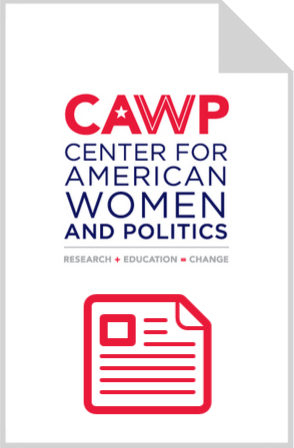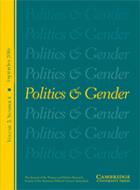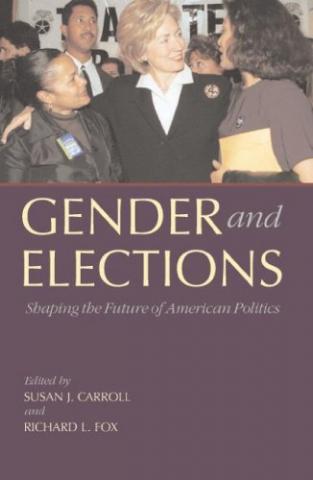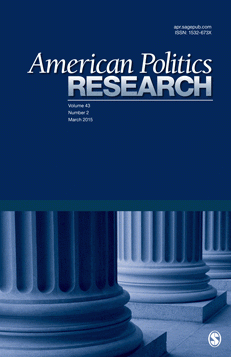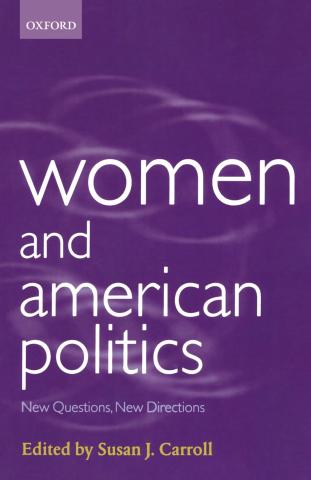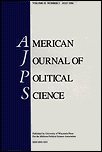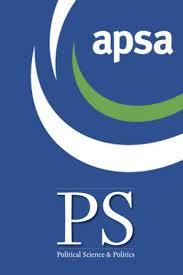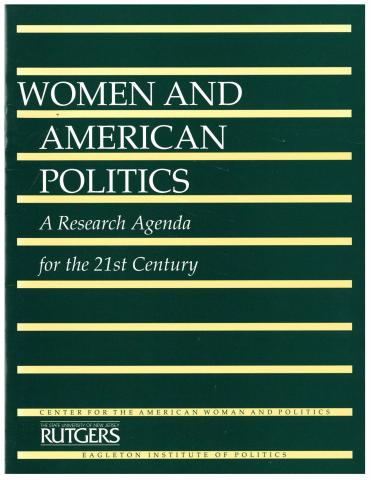The gender gap is the difference between the proportions of women and men who support a given candidate, generally the leading or winning candidate. It is the gap between the genders, not within a gender. Even if women and men favor the same candidate, they may do so by different margins, resulting in a gender gap.
Voter turnout refers to the proportion of eligible voters who cast a ballot in an election. Women have voted at higher rates than men in every presidential election since 1980, with the gap between women and men growing slightly larger with each successive election.
The women’s vote describes the division in women’s support for major party candidates in any given race. It is the percentage-point advantage that one candidate has over the other among women voters – that is, the difference in women’s support for the Democratic and Republican candidates.
Super Tuesday - Proportions of Men and Women Voting for Hillary Clinton
Primary states on super Tuesday, 2/05/2008
Fact SheetResearchWomen Voters and the Gender GapMoms Who Swing, or Why the Promise of the Gender Gap Remains Unfulfilled
by Susan J. Carroll
Politics & Gender (2006)ArticleResearchCAWP ScholarWomen Voters and the Gender GapGender and Elections: Shaping the Future of American Politics, 1st Edition
Eds. Susan J. Carroll, CAWP, Rutgers University and Richard L. Fox, Union College, New York
Cambridge University Press, 2005 First Edition, 240 pagesBookResearchCAWP ScholarPolitical PartiesCandidates and CampaignsGender and Race/EthnicityWomen Voters and the Gender GapState LegislatureStatewide ExecutiveCongressFederal Executive"Political Knowledge and Gender Stereotypes"
by Kira Sanbonmatsu
American Politics Research, 2003 (November)ArticleResearchCAWP ScholarCandidates and CampaignsWomen Voters and the Gender GapWomen and American Politics: New Questions, New Directions
Edited by Susan J. Carroll
Oxford University Press, 2003, 262 pagesBookResearchCAWP ScholarPolitical PartiesCivic and Political ActivismCandidates and CampaignsCandidate RecruitmentGender and Race/EthnicityWomen Voters and the Gender Gap“Gender Stereotypes and Vote Choice"
by Kira Sanbonmatsu
American Journal of Political Science, 2002 (January)ArticleResearchCAWP ScholarCandidates and CampaignsWomen Voters and the Gender GapThe Dis-Empowerment of the Gender Gap: Soccer Moms and the 1996 Elections
by Susan J. Carroll
PS: Political Science & Politics 32 (March 1999)ArticleResearchCAWP ScholarWomen Voters and the Gender GapWomen and American Politics: A Research Agenda for the 21st Century
Center for American Women and Politics, Eagleton Institute of Politics, Rutgers, The State University of New Jersey, 1996, 29 pages
ReportResearchCandidate RecruitmentCandidates and CampaignsCivic and Political ActivismWomen Voters and the Gender Gap


